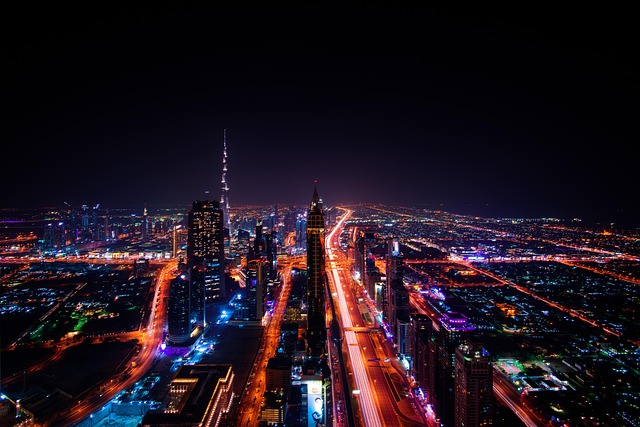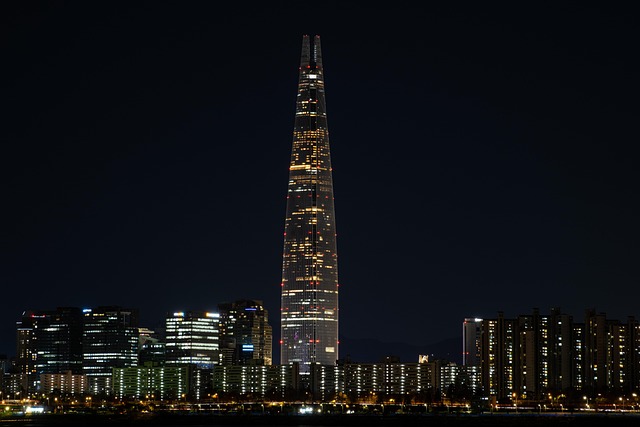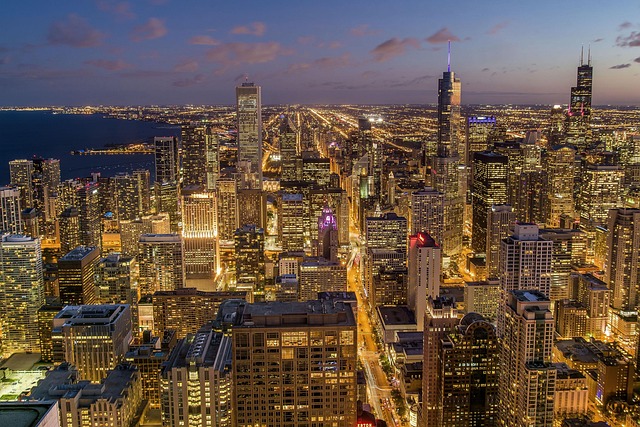Karachi, Pakistan's economic powerhouse, boasts a dynamic public transport system that keeps pace with its bustling nature. Managed by KMTC, the network includes buses, light rail trains (LRT), and expanding metro bus routes. Recent modernization efforts have led to improved travel times during peak hours, with ongoing developments promising an even more connected and sustainable future. Key initiatives like Shaheen Bus Service, digital payment apps, and electric buses enhance convenience and environmental sustainability in this rapidly growing metropolis.
Karachi, Pakistan’s economic heartbeat, has witnessed a transformative journey in its public transport landscape. This urban center, often characterized by its bustling streets, is navigating towards a more efficient and accessible future with initiatives like Shahra-e-Qaideen. This article delves into the intricate web of Karachi’s public transportation system, exploring its historical roots, current innovations, and the challenges that lie ahead. From understanding the city’s unique mobility needs to envisioning a sustainable future, we unravel the evolution of Karachi’s public transport.
- Understanding Karachi's Public Transport System
- The Evolution of Shahra-e-Qaideen: A Historical Perspective
- Key Features and Innovations in Karachi's Public Transportation
- Challenges and Future Outlook for Efficient Mobility in Karachi
Understanding Karachi's Public Transport System
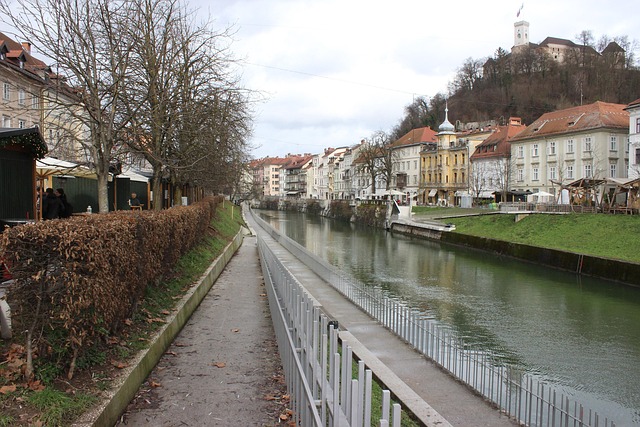
Karachi, Pakistan’s economic hub, is a city that never sleeps, and its public transport system reflects this vibrant energy. Navigating through the bustling streets of this metropolis can be daunting, but understanding the various modes of public transportation available offers residents and visitors alike an efficient way to explore the city. The network includes buses, light rail trains (LRT), and an expanding network of metro buses, ensuring connectivity across different areas.
The Karachi Metropolitan Transportation Corporation (KMTC) plays a pivotal role in managing and coordinating these services, aiming to provide affordable and accessible transportation options. In recent years, efforts have been focused on modernizing the system with the introduction of new bus routes and the LRT network, which has significantly improved travel times and reduced traffic congestion, especially during peak hours. As Karachi continues to grow, so does its public transport system, promising a more connected and sustainable future for this vibrant city.
The Evolution of Shahra-e-Qaideen: A Historical Perspective
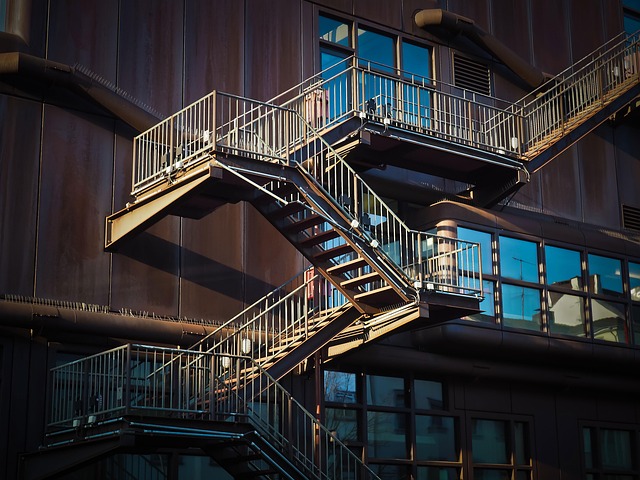
Shahra-e-Qaideen, a significant thoroughfare in Karachi, has undergone a remarkable evolution since its inception. Originally designed as a mere road, it has grown into a vital public transport network, reflecting the city’s dynamic nature and the changing needs of its inhabitants. Historically, Karachi, known for its bustling streets, saw Shahra-e-Qaideen as an answer to mounting traffic congestion, especially during peak hours.
The transformation began with the planning and implementation of efficient public transport systems. Over time, dedicated bus lanes were introduced, followed by the arrival of modern buses, enhancing the overall passenger experience. This historical shift not only alleviated traffic woes but also promoted accessibility across the metropolis, making it easier for folks to navigate through Karachi’s labyrinthine streets.
Key Features and Innovations in Karachi's Public Transportation
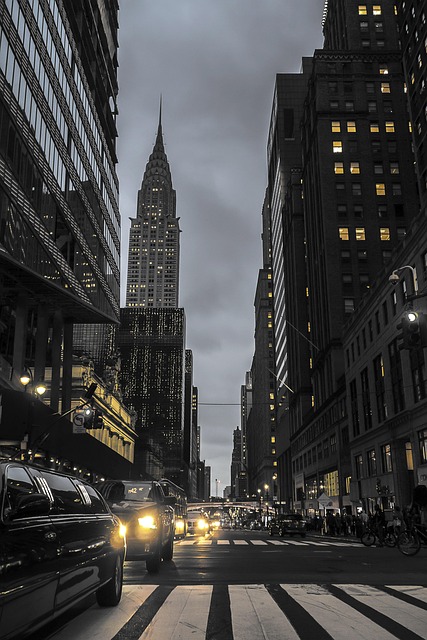
Karachi, Pakistan’s economic hub, has witnessed significant transformations in its public transportation landscape. The city’s journey towards efficient mobility solutions has been marked by several key features and innovations. One notable aspect is the introduction of modern bus rapid transit (BRT) systems, such as the Shaheen Bus Service, which offers high-frequency, dedicated lanes, enhancing speed and reliability for commuters. These BRT networks connect major commercial centers, residential areas, and important landmarks, providing a comprehensive transportation backbone.
Additionally, Karachi has embraced technology to streamline travel experiences. Smartphone apps now enable users to access real-time information about bus schedules, routes, and even pay for journeys digitally. This digital integration has made public transport more accessible and convenient for residents and visitors alike. Furthermore, the city’s recent focus on clean energy has led to the deployment of electric buses, contributing to a greener urban environment while offering quieter, more sustainable transportation options.
Challenges and Future Outlook for Efficient Mobility in Karachi

Karachi, as Pakistan’s economic powerhouse, faces significant challenges in providing efficient public transport. The city’s sprawling nature and rapid urbanization have led to a strain on existing infrastructure, with traffic congestion and inadequate public transit systems becoming pressing issues. The current public transport network, largely reliant on private vehicles and overcrowded buses, struggles to keep up with the demand, particularly during peak hours. This situation not only impacts residents’ daily commutes but also contributes to environmental concerns due to increased carbon emissions.
Looking ahead, Karachi has an opportunity to transform its mobility landscape through strategic investments in public transport. Implementing modern solutions like efficient bus rapid transit (BRT) systems, introducing electric vehicles, and integrating smart technologies can significantly enhance the city’s transportation efficiency. These measures, coupled with urban planning that prioritizes walkability and cycling, could reduce traffic congestion, improve air quality, and provide more affordable mobility options for all Karachis. A future-oriented approach to public transport will be key in ensuring sustainable and convenient mobility for the rapidly growing metropolis.
Karachi, as a vibrant metropolis, continues to shape its public transport landscape. The evolution of Shahra-e-Qaideen is a testament to the city’s adaptability and quest for efficient mobility. By leveraging historical perspectives and modern innovations, Karachi aims to navigate challenges and create a comprehensive, accessible, and sustainable transportation network that caters to its diverse population. As we look ahead, integrating cutting-edge technology and smart urban planning will be crucial in enhancing public transport experiences for all Karachis.
